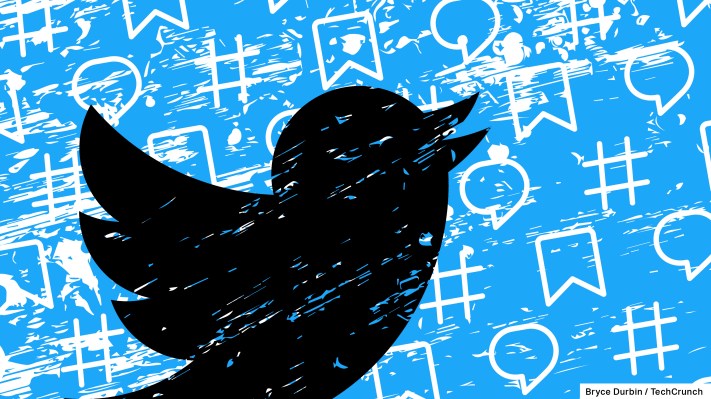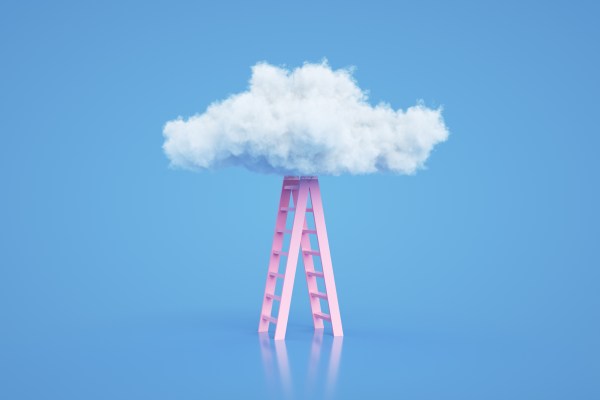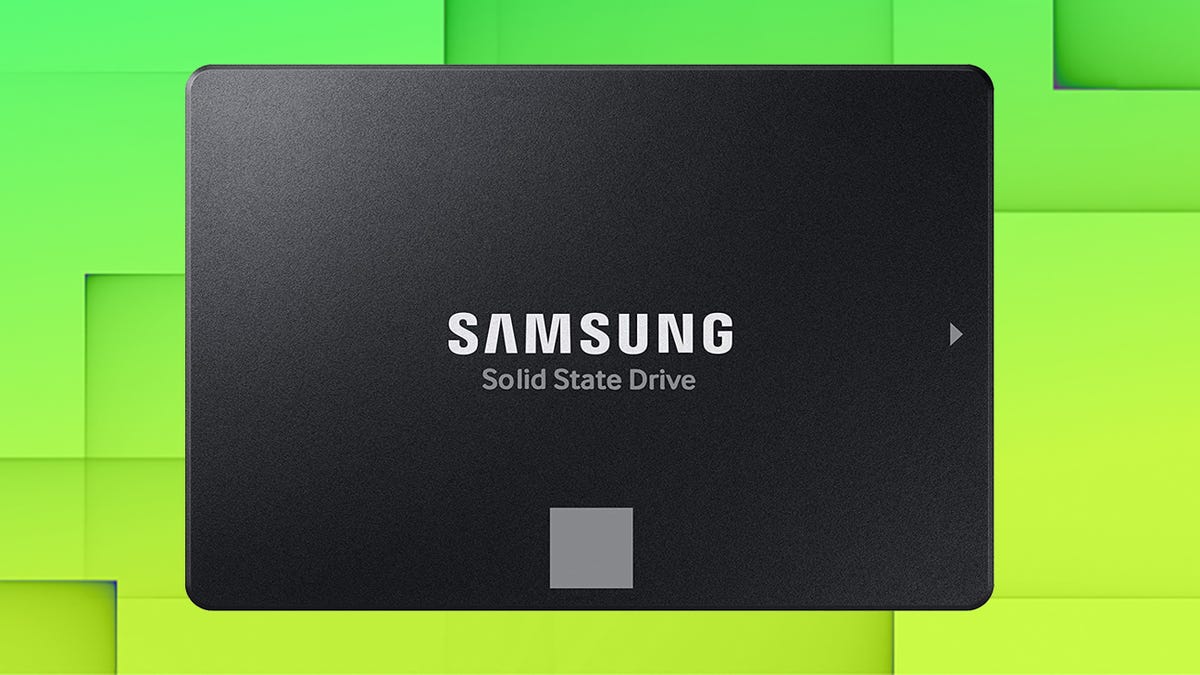Twitter limits reach for Russian government accounts and bans most POW imagery – TechCrunch
In response to Russia’s invasion of Ukraine, Twitter will place new limits on government accounts that belong to countries at war when those governments also restrict the free flow of information within their own borders.
In a blog update, Twitter explained that the new policy is designed to reconcile the “severe information imbalance” that happens when an authoritarian government blocks access to online platforms while still leveraging those same platforms for propaganda. “Particularly in moments of active, armed interstate conflict, the harms created by this imbalance are acute; access to information, and to the ability to share information, are of paramount importance,” Twitter VP of Global Public Policy Sinéad McSweeney wrote.
Starting with Russia, accounts that fall under the new rules will be excluded from amplification across Twitter’s explore, search and home features. To meet Twitter’s threshold for the new account limitations, a country’s censorship of online information must impact either the majority of its population or severely limit a smaller group of people within its borders. To determine which conflicts qualify under the ruleset, Twitter is using a definition of interstate armed conflict from the International Committee of the Red Cross. The new rules will apply even in situations when Twitter isn’t banned within the country in question.
Hundreds of accounts affiliated with the Russian government have been actively promoting a very misleading portrait of the invasion since its early days. A cadre of Russian embassy accounts in particular have served as a “primary testing vehicle” for some strains of Russian disinformation, according to the Atlantic Council’s Digital Forensic Research Lab. Twitter dampened the reach of Russian state-linked media accounts in late February, but the new policy will broadly hide accounts affiliated with the Russian government from the site’s recommendation and discovery features.
Twitter also announced a new policy that will require governments and state-linked accounts to remove any imagery depicting prisoners of war, a change now added to Twitter’s rules against doxing. Twitter will still allow accounts to share some images of prisoners of war if they serve a “compelling public interest,” including journalism, but now explicitly bans any PoW media shared with abusive intent.
While Twitter’s policy changes mostly have Russia in mind given its bloody aggressions into neighboring Ukraine, the Ukrainian government could also run afoul of the new rules. In early March, Ukraine’s Ministry of Internal Affairs began sharing graphic depictions of the enemy, including images of Russian prisoners being interrogated. While Ukraine was likely trying to counter Russia’s misinformation campaign and stoke anti-government sentiment in the country, the strategy could arguably break Geneva Conventions laws that govern the treatment of prisoners of war.
Unfortunately, Twitter’s new rules are timely. In recent days, the full horrors of the Russian invasion of Ukraine have come into focus. As Russian troops withdraw from some besieged cities, the aftermath paints a grisly portrait of civilian massacre, torture and mass kidnapping — and those revelations have only just begun.




